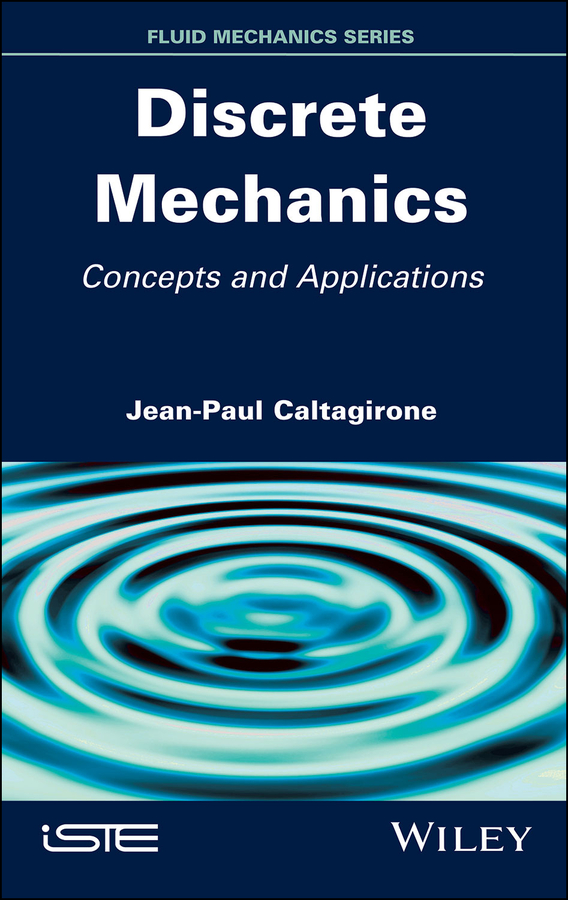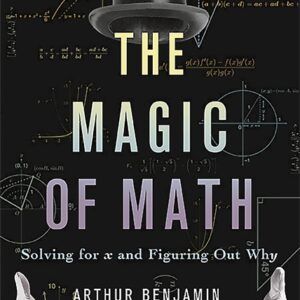<p>The discrete vision of mechanics is based on the founding ideas of Galileo and the principles of relativity and equivalence, which postulate the equality between gravitational mass and inertial mass. To these principles are added the Hodge–Helmholtz decomposition, the principle of accumulation of constraints and the hypothesis of the duality of physical actions.<br /> <br /> These principles make it possible to establish the equation of motion based on the conservation of acceleration considered as an absolute quantity in a local frame of reference, in the form of a sum of the gradient of the scalar potential and the curl of the vector potential. These potentials, which represent the constraints of compression and rotation, are updated from the discrete operators.<br /> <br /> <i>Discrete Mechanics: Concepts and Applications</i> shows that this equation of discrete motion is representative of the compressible or incompressible flows of viscous or perfect fluids, the state of stress in an elastic solid or complex fluid and the propagation of nonlinear waves. </p>
Discrete Mechanics
₹10,127.00
Concepts and Applications
This book is currently not in stock. You are pre-ordering this book.




